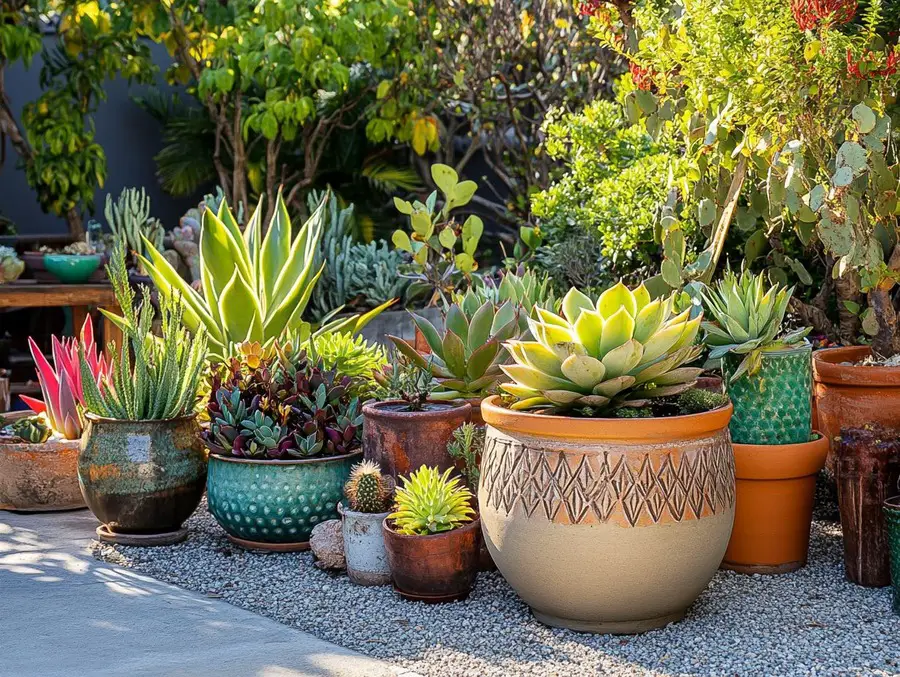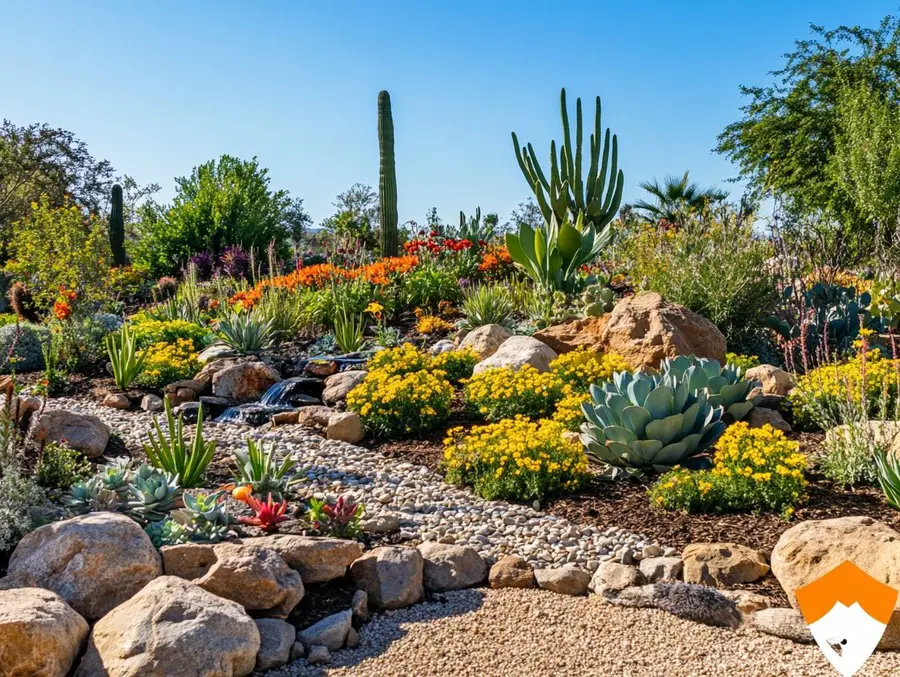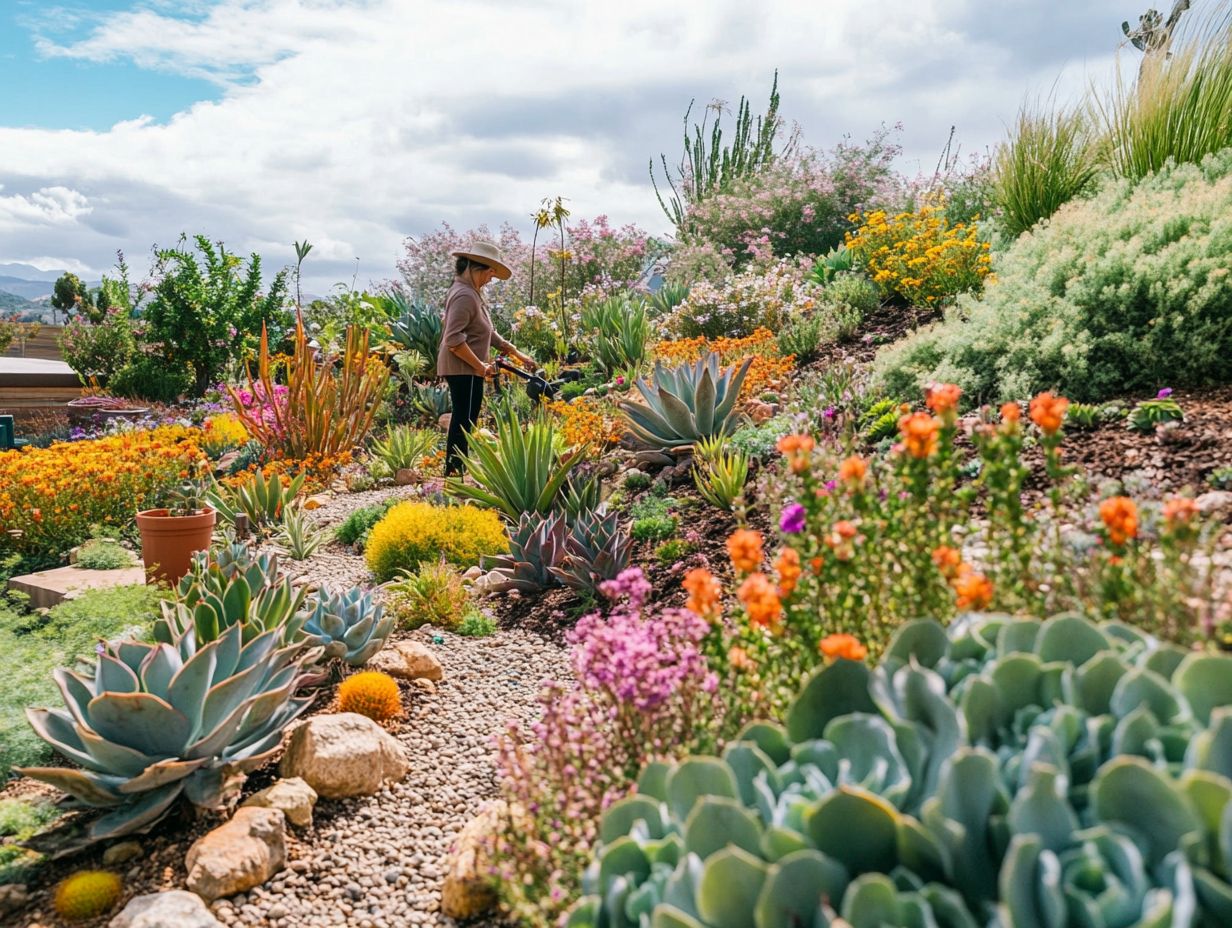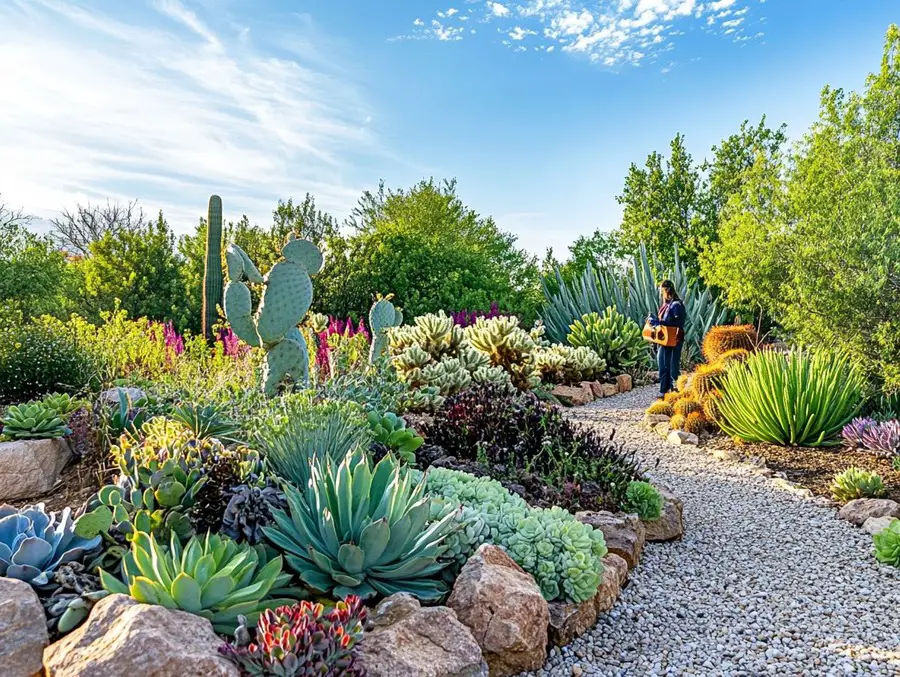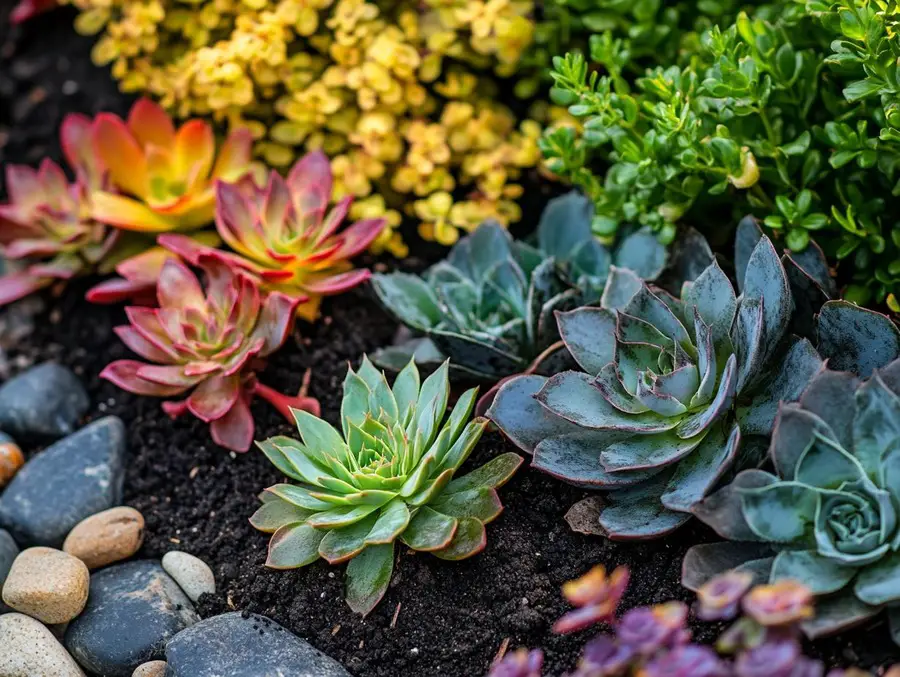We use affiliate links. If you purchase something using one of these links, we may receive compensation or commission.
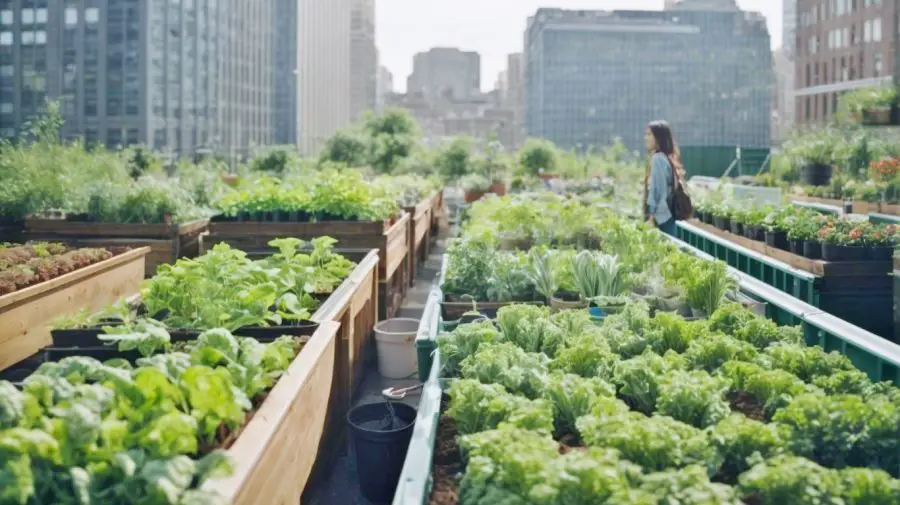
Discover the joys of urban gardening and learn about overcoming urban gardening challenges like limited space and poor soil quality. Get practical tips for a thriving city garden.
Overcoming Urban Gardening Challenges
Key Takeaways:
- Overcoming urban gardening challenges involves maximizing space with vertical and container gardening.
- Ensuring adequate sunlight with strategic placement or grow lights.
- Maintaining soil health with organic amendments.
- These strategies help urban gardeners create thriving gardens in limited city spaces.
Embark on a journey of overcoming urban gardening challenges and transform your city space into a lush, productive garden.
Explore innovative solutions for space constraints, light limitations, and soil issues to create your backyard own urban oasis.
What is Urban Gardening?
Urban gardening has become increasingly popular as more people seek to grow their own food in urban settings.
This practice comes with its own set of challenges, such as limited space, lack of sunlight, soil quality issues, and pests and diseases.
In this article, we will explore the benefits of urban gardening, and the common challenges faced by urban backyard gardeners, and provide practical tips on how to overcome these obstacles for a successful urban gardening experience.
The Essence of Urban Gardening
Urban gardening refers to the practice of growing plants, vegetables, or flowers in urban settings such as cities, towns, or neighborhoods, where space is often limited and creativity is essential.
Gardening in urban areas is not just a hobby but a vital movement that significantly contributes to improving the environment, food security, and overall well-being of city dwellers.
Benefits and Challenges
The benefits of backyard urban gardening are plentiful, ranging from providing fresh, locally-grown produce to reducing carbon footprints through green spaces in concrete jungles.
The challenges presented by limited space, pollution, and lack of natural resources in urban environments can pose obstacles for aspiring gardeners.
Despite these obstacles, the growing popularity of urban gardening showcases people’s determination to reconnect with nature and foster sustainable practices in their communities.
What Are the Benefits of Urban Gardening?

Urban gardening offers a multitude of benefits, including access to fresh, nutritious produce, positive impacts on mental health, and the promotion of sustainable living practices within a healthy community environment.
One of the key advantages of urban gardening is that it encourages individuals to consume more fruits and vegetables, leading to a diet rich in essential nutrients that support overall well-being.
By engaging in gardening activities within urban areas, people have the opportunity to connect with nature, reducing stress levels and fostering a sense of tranquility.
Community gardening initiatives in cities not only provide a space for residents to grow their own food but also create a platform for social interaction, collaboration, and sharing of knowledge, thus enhancing the bond among members of the neighborhood.
Access to Fresh, Nutritious Produce
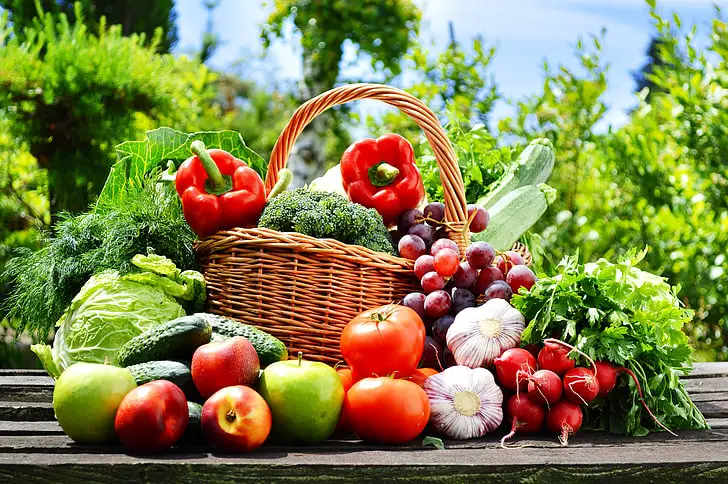
One of the key benefits of backyard gardening is direct access to fresh and nutritious produce, including a variety of vegetables like tomatoes, cucumbers, peppers, peas, beans, arugula, kale, lettuce, and spinach, all grown in your own urban oasis.
For city dwellers, cultivating these vegetables not only offers an opportunity to enjoy flavorful meals right from their garden but also provides a cost-effective way to incorporate essential nutrients into their daily diet.
The ability to grow fresh produce rich in vitamins, minerals, and antioxidants ensures that Moya can maintain a healthy lifestyle despite the limitations of urban living.
Positive Impact on Mental Health
Urban gardening has a positive impact on mental health by providing a therapeutic escape, a sense of accomplishment, and exposure to sunlight, which is essential for boosting mood and overall well-being.
Being immersed in gardening activities can help individuals to disconnect from the hustle and bustle of city life, allowing them to find solace and peace amidst their plants and greenery.
The process of nurturing and cultivating a garden also instills a sense of achievement and pride, serving as a rewarding endeavor that boosts self-esteem and confidence.
Sunlight exposure plays a crucial role in this equation, as sunlight triggers the release of serotonin, a neurotransmitter that contributes to feelings of happiness and well-being.
Promotes Sustainable Living
Urban gardening promotes sustainable living practices by reducing food miles, fostering a connection to nature, and adapting crop choices to suit the plant hardiness zone of the urban environment, ensuring successful growth.
One of the key environmental benefits of urban gardening is its role in reducing the carbon footprint associated with transporting produce from distant locations.
By growing fresh vegetables locally, urban gardeners help minimize the emissions generated by long-haul transportation.
Planting according to the specific plant hardiness zone of the area optimizes the chances of plant survival and promotes more sustainable gardening practices.
What Are the Challenges of Urban Gardening?
Despite its benefits, urban gardening presents challenges such as limited space for traditional gardening methods, the need for creative use of containers to grow plants, and the management of varying sun and shade conditions within urban landscapes.
In urban settings, the constraints of space can lead many aspiring gardeners to rethink their approach to gardening.
With the rising trend of container gardening, enthusiasts have found innovative ways to cultivate lush greenery even in the smallest of areas.
Utilizing containers, whether repurposed pots, hanging baskets, or vertical planters, allows plant lovers to maximize every inch of available room.
Adapting to the unpredictable sun and shade patterns in urban areas can be tricky yet rewarding.
Strategic placement of containers can help in taking advantage of sunlight for sun-loving plants while providing shade or diffused light for those that thrive in such conditions.
Limited Space
One of the primary challenges in urban gardening is the limited space available for traditional gardening practices, leading many urban gardeners to opt for raised beds or vertical gardening solutions to maximize their growing area.
In urban areas, space is a premium commodity, making it essential for gardeners to get creative with their planting methods.
Raised beds offer a practical solution by allowing plants to be grown above ground level, providing excellent drainage, and preventing soil compaction.
These beds are often customizable, enabling gardeners to design them according to their available space and plant requirements.
Vertical Gardening is a space-saver
- On the other hand, vertical gardening is another innovative approach that utilizes vertical space efficiently.
- By growing plants upwards on structures like trellises, walls, or hanging containers, gardeners can significantly expand their gardening footprint.
- This method not only saves space but also adds a visually appealing element to the urban environment.
Lack of Sunlight
Another challenge in urban gardening is the lack of sufficient sunlight due to tall buildings and shading structures, requiring gardeners to strategically place their plants in sunlit spots or consider alternative lighting solutions such as grow lights.
When facing the issue of inadequate sunlight, urban gardeners need to get creative with their plant placements.
Maximizing sun exposure is key, so positioning planters on balconies, rooftops, or windowsills that receive the most sunlight throughout the day can greatly benefit the plants.
Utilizing reflective surfaces like mirrors or white walls can help redirect and amplify the sun’s rays onto the plants.
For areas with limited access to natural light, investing in quality grow lights can provide the necessary supplemental light to ensure healthy plant growth.
Soil Quality
Soil quality in backyards can be a challenge in urban gardening, with many city soils being depleted or contaminated.
However, using organic soil amendments and nurturing the soil can help create a healthy growing environment for plants.
Organic soil amendments, such as compost, well-rotted manure, or leaf mold, replenish essential nutrients and improve soil structure, making it more conducive to plant growth.
Nurturing the soil involves practices like regular mulching, which helps retain moisture and regulate soil temperature, promoting beneficial microorganisms essential for plant health.
Organic soil enrichment not only boosts plant productivity but also enhances soil’s water-holding capacity and drainage, crucial for preventing water logging in urban settings.
Pests and Diseases
Dealing with pests and diseases poses a significant challenge in urban gardening, requiring vigilance, proper plant care, and sometimes the use of pest-resistant varieties obtained from reputable nurseries.
Urban gardening enthusiasts often find themselves battling a range of pests and diseases that can threaten the health and vitality of their plants.
The close proximity of plants in urban settings can sometimes exacerbate the spread of pests and diseases, making it crucial to implement preventive measures.
By maintaining good plant care practices such as proper watering, adequate sunlight, and regular inspection for signs of infestation, gardeners can minimize the risk of pest and disease outbreaks.
Incorporating naturally pest-resistant plant varieties sourced from trusted nurseries can further fortify the garden against potential threats.
How Can You Overcome These Challenges?
To overcome the challenges of urban gardening, gardeners can utilize vertical space for planting, use grow lights to supplement sunlight for indoor gardens, focus on improving soil quality through organic amendments, and implement effective pest control measures for healthy plant growth.
One effective strategy to optimize urban gardening is to incorporate containers for planting.
Containers allow for flexibility in moving plants to sunlit areas and help control invasive roots spreading.
Utilizing high-quality seeds and starters can ensure successful germination and growth in limited spaces.
By carefully selecting plant varieties that thrive in containers, gardeners can maximize their yield while minimizing space usage.
Utilize Vertical Space
Utilizing vertical space is a smart solution in urban gardening to maximize planting areas; gardeners can use mobile containers, trellises, and hanging planters to grow a variety of plants vertically, saving ground space.
This innovative approach not only allows for more efficient use of limited space but also provides numerous benefits.
Vertical gardening helps in better air circulation for plants, reducing the risk of diseases, and making it easier to manage pests.
The convenience of using mobile containers allows gardeners to move their plants around to optimize sunlight exposure and create visual interest.
The integration of trellises and hanging planters add a decorative element while supporting climbing plants and vines, adding vertical dimension to the garden.
Use Grow Lights
Grow lights are essential in urban gardening to provide adequate light for plants in shaded areas or indoor settings where natural sunlight is limited, helping to support healthy growth and development.
Utilizing LED grow lights like the Spider Farmer SF2000 ensures that plants receive the necessary light spectrum for photosynthesis, especially when they are situated in shaded spots with minimal exposure to the sun.
These artificial lights replicate the sun’s rays, allowing plants to thrive even in indoor environments or urban areas with limited access to natural sunlight.
By supplementing with grow lights, gardeners can extend the growing season and cultivate a wider variety of plants that require different levels of illumination.
These lights contribute to overall plant health by providing a consistent light source that aids in photosynthesis and promotes optimal growth.
Improve Soil Quality
Enhancing soil quality is crucial for successful urban gardening; gardeners can improve soil health by adding non-organic soil amendments, compost, and other soil conditioners to create a fertile and productive growing medium.
Non-organic soil amendments, such as perlite and vermiculite, help improve soil structure and drainage, ensuring proper aeration for plant roots.
Composting organic matter like kitchen scraps, leaves, and grass clippings not only enriches the soil with nutrients but also promotes beneficial microbial activity.
Soil conditioners like biochar help retain moisture and nutrients in the soil, reducing the need for frequent watering and fertilization.
Incorporating these practices into gardening routines can lead to healthier plants, better yields, and sustainable urban ecosystems.
Implement Pest Control Measures
Effective pest control measures are essential in urban gardening to protect plants from pests and diseases.
Keep a planting journal to track plant health, identify problems early, and use natural remedies that can help maintain a healthy garden.
Urban gardening can present unique challenges due to limited space and proximity to other green areas attracting pests.
By diligently noting observations in a planting journal, gardeners can establish patterns to anticipate potential issues before they escalate.
Early detection of pests such as aphids or caterpillars allows for prompt intervention.
Consider natural pest management approaches like introducing beneficial insects or applying homemade remedies like neem oil or garlic spray.
What Are Some Tips for Successful Urban Gardening?
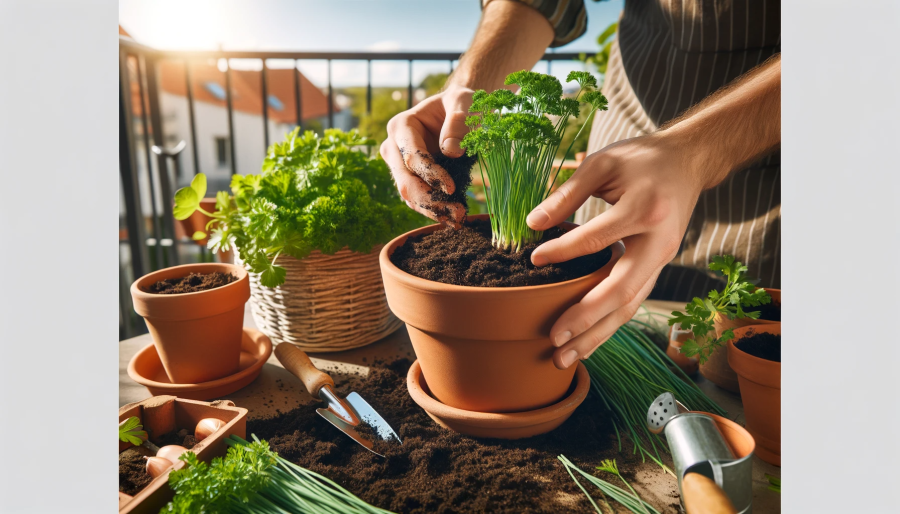
For successful urban gardening, it is essential to choose the right plants for your space and climate, water and fertilize plants properly, rotate crops to prevent soil depletion, and practice companion planting for natural pest control and plant health.
When planning your backyard gardening project, consider the space you have available and the amount of sunlight it receives.
Opt for starters like herbs, tomatoes, and lettuces, which are relatively easy to grow and maintain.
Research the specific needs of each plant, such as soil pH and watering frequency, to ensure they thrive.
For watering, aim to water deeply but infrequently to encourage deep root growth and prevent waterlogging.
Incorporating a good mulching technique can help retain moisture and prevent evaporation.
Choose the Right Plants
Selecting plants suitable for your plant hardiness zone is crucial in urban gardening.
Consider growing compact varieties like patio tomatoes, jalapenos, herbs, or other vegetables that thrive in limited spaces and containers.
By choosing plants that are well-suited to your climate zone, you increase the chances of a successful garden.
Understanding the unique requirements of your plant hardiness zone helps you select plants that are more likely to thrive and require less maintenance.
Compact plants, such as patio tomatoes and jalapenos, are ideal for small spaces because they can be grown in containers or raised beds, making them perfect for urban environments where space is limited.
These plants not only provide fresh produce but also add aesthetic appeal to balconies, patios, or windowsills.
Water and Fertilize Properly
Proper watering and fertilizing practices are essential for urban gardening success.
Ensure plants receive adequate water, use organic fertilizers for healthy growth, and consider starting from seeds for a cost-effective approach.
Adequate watering is crucial to maintain plant health and promote vigorous growth in a limited urban space.
To ensure your urban garden thrives, it’s important to water consistently but not excessively, meeting the specific needs of different plants.
Opting for organic fertilizers not only provides essential nutrients to your plants but also helps maintain a balanced ecosystem in your garden, promoting natural development.
Starting from seeds allows you to control the entire growth process, ensuring healthier, more robust plants while saving money in the long run.
Rotate Crops
Crop rotation is a key practice in urban gardening to prevent soil depletion and maintain soil health.
Consider utilizing different areas like your front yard or west side yard for planting various crops each season.
By rotating crops, you can disrupt the lifecycle of pests and diseases that may have built up in the soil, reducing the need for chemical pesticides.
This can lead to healthier plants and increased yields over time.
Rotating crops can help in maintaining a balanced nutrient profile in the soil, as different plants have varying nutrient requirements.
Practice Companion Planting
Companion planting promotes natural pest control, encourages plant health, and fosters a healthy community of beneficial insects and plants in urban gardens
Consider planting compatible seeds that support each other’s growth.
This symbiotic gardening practice aids in reducing the need for chemical pesticides, creating a more vibrant and interconnected ecosystem within your garden.
By establishing plant alliances, not only do you deter harmful pests naturally, but you also enhance soil fertility and boost crop yields.
Additionally, companion planting helps amplify biodiversity, attracting a diverse range of pollinators, which plays a crucial role in sustainable urban gardening.
The interdependence among different plants fosters a sense of unity and interconnectedness, akin to a tightly-knit community.
Frequently Asked Questions
Navigating the world of urban gardening can raise many questions.
In this section, we’ve compiled some frequently asked questions to help you understand and overcome common challenges, ensuring a successful and rewarding urban gardening experience.
Q. What are some common challenges faced in urban gardening?
A. Some common challenges in urban gardening include limited space, soil pollution, lack of sunlight, and restricted access to water.
Q. How can I overcome limited space in urban gardening?
A. You can overcome limited space by using vertical gardening techniques, growing plants in containers, and utilizing unused or unconventional spaces, such as rooftops or balconies.
Q. What steps can I take to combat soil pollution in urban gardening?
A. To combat soil pollution in urban gardening, you can use raised beds with fresh soil, incorporate organic matter into the soil, and avoid using chemical fertilizers and pesticides.
Q. How can I ensure my urban garden receives enough sunlight?
A. To ensure your urban garden receives enough sunlight, you can strategically place your plants in areas that receive direct sunlight, use reflective surfaces to redirect light, and choose plants that can thrive in low-light conditions.
Q. What are some ways to overcome restricted access to water in urban gardening?
A. Some ways to overcome restricted access to water in urban gardening include using rain barrels to collect rainwater, installing a drip irrigation system, and choosing drought-resistant plants.
Q. Are there any alternative methods to traditional urban gardening that can help overcome challenges?
A. Yes, there are alternative methods to traditional urban gardening, such as hydroponics and aquaponics, that can help overcome challenges like limited space, soil pollution, and access to water.
Conclusion: Embracing Urban Gardening Success
Urban gardening is a rewarding journey that brings nature into our urban lives. By addressing the challenges and embracing the tips provided, you can cultivate a thriving backyard garden that enhances your well-being and contributes to a greener, more sustainable city.
Maximize Space with Creativity
Utilize vertical gardening and container planting to make the most of limited urban spaces.
Ensure Adequate Sunlight
Strategically place plants and use grow lights to provide sufficient light for healthy growth.
Maintain Soil Health
Enrich your soil with organic amendments and practice crop rotation to keep it fertile.
Control Pests Naturally
Implement natural pest control methods and choose pest-resistant plant varieties.
Embrace Community and Collaboration
Engage with local gardening communities to share knowledge and resources for a more fruitful urban gardening experience.
Read and learn more: Backyard Gardening: A Comprehensive Guide
Related Content
Visit my Amazon Influencer Page for videos and gardening products Grow Your Own Garden






